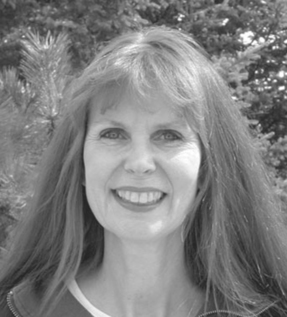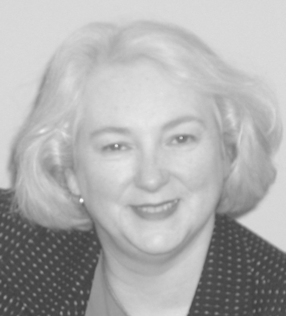Shirley M. Moore is Associate Dean for Research and Professor, School of Nursing, Case Western Reserve University. She received her diploma in nursing from the Youngstown Hospital Association School of Nursing (1969) and her bachelor’s degree in nursing from Kent State University (1974). At Case Western Reserve University, she earned a master’s degree in psychiatric and mental health nursing (1990), as well as a Ph.D. in nursing science (1993). She has taught nursing theory and nursing science to all levels of nursing students and conducts a program of research and theory development that addresses recovery after cardiac events. Early in her own doctoral study, Moore was encouraged by nurse theorists Joyce J. Fitzpatrick, Jean Johnson, and Elizabeth Lenz to not only use theory but to develop it as well. The Rosemary Ellis Theory Conference, held annually for several years at Case Western Reserve University, offered Moore another opportunity to explore theory as a practical tool for practitioners, researchers, and teachers. Influenced by these experiences, Moore has assisted in the development and publication of several theories (Good & Moore, 1996; Huth & Moore, 1998; Ruland & Moore, 1998) and has considered theory construction a skill essential to doctoral students. The Peaceful End of Life (EOL) Theory is informed by a number of theoretical frameworks (Ruland & Moore, 1998). It is based primarily on Donabedian’s model of structure, process, and outcomes, which in part was developed from general system theory. The influence of general system theory is pervasive in other types of nursing theory, from conceptual models to middle and microrange theories—an indicator of its usefulness in explaining the complexity of health care interactions and organizations. In the EOL theory, the structure-setting is the family system (terminally ill patient and all significant others) that is receiving care from professionals on an acute care hospital unit, and process is defined as those actions (nursing interventions) designed to promote the positive outcomes of the following: (1) being free from pain, (2) experiencing comfort, (3) experiencing dignity and respect, (4) being at peace, and (5) experiencing a closeness to significant others and those who care. A second theoretical underpinning is preference theory (Brandt, 1979), which has been used by philosophers to explain and define quality of life (Sandoe, 1999), a concept that is significant in EOL research and practice. In preference theory, the good life is defined as getting what one wants, an approach that seems particularly appropriate in EOL care. It can be applied to both sentient persons and incapacitated persons who have previously provided documentation related to EOL decision making. Quality of life, therefore, is defined and evaluated as a manifestation of satisfaction through empirical assessment of such outcomes as symptom relief and satisfaction with interpersonal relationships. Incorporating patient preferences into health care decisions is considered both appropriate (Ruland & Bakken, 2001; Ruland, Kresevic, & Lorensen, 1997) and necessary for successful processes and outcomes (Ruland & Moore, 2001). Two assumptions of Ruland and Moore’s (1998) theory are identified as follows: 1. The occurrences and feelings at the EOL experience are personal and individualized. 2. Nursing care is crucial for creating a peaceful EOL experience. Nurses assess and interpret cues that reflect the person’s EOL experience and intervene appropriately to attain or maintain a peaceful experience, even when the dying person cannot communicate verbally. Two additional assumptions are implicit: 1. Family, a term that includes all significant others, is an important part of EOL care. 2. The goal of EOL care is not to optimize care, in the sense that it must be the best, most technologically advanced treatment, a type of care that frequently results in overtreatment. Rather, the goal in EOL care is to maximize treatment, that is, the best possible care will be provided through the judicious use of technology and comfort measures, in order to enhance quality of life and achieve a peaceful death.
Peaceful End of Life Theory
CREDENTIALS AND BACKGROUND OF THE THEORISTS
Cornelia M. Ruland
Shirley M. Moore
THEORETICAL SOURCES
MAJOR ASSUMPTIONS
Nursing, Person, Environment, and Health
![]()
Stay updated, free articles. Join our Telegram channel

Full access? Get Clinical Tree


Nurse Key
Fastest Nurse Insight Engine


